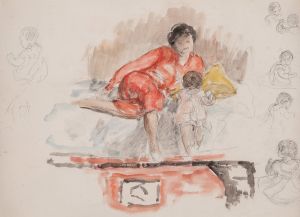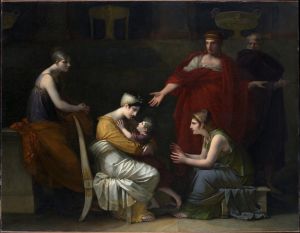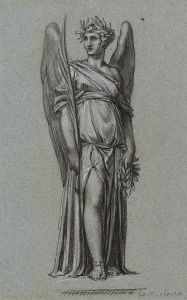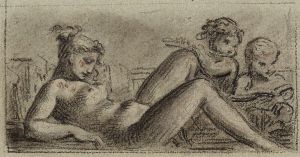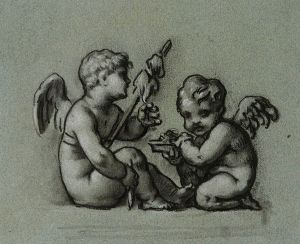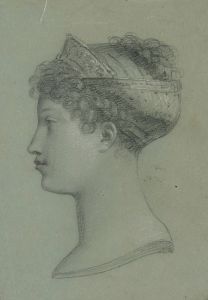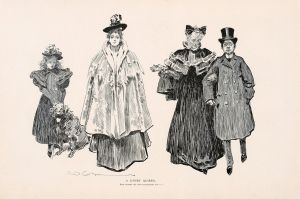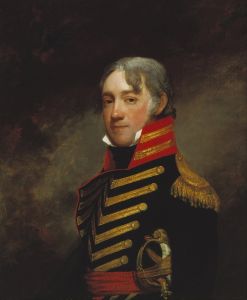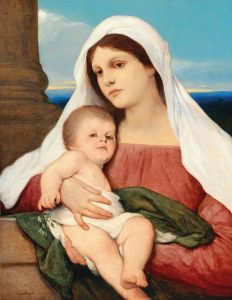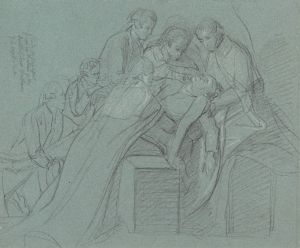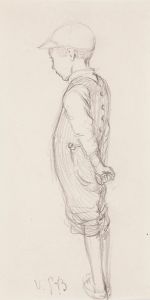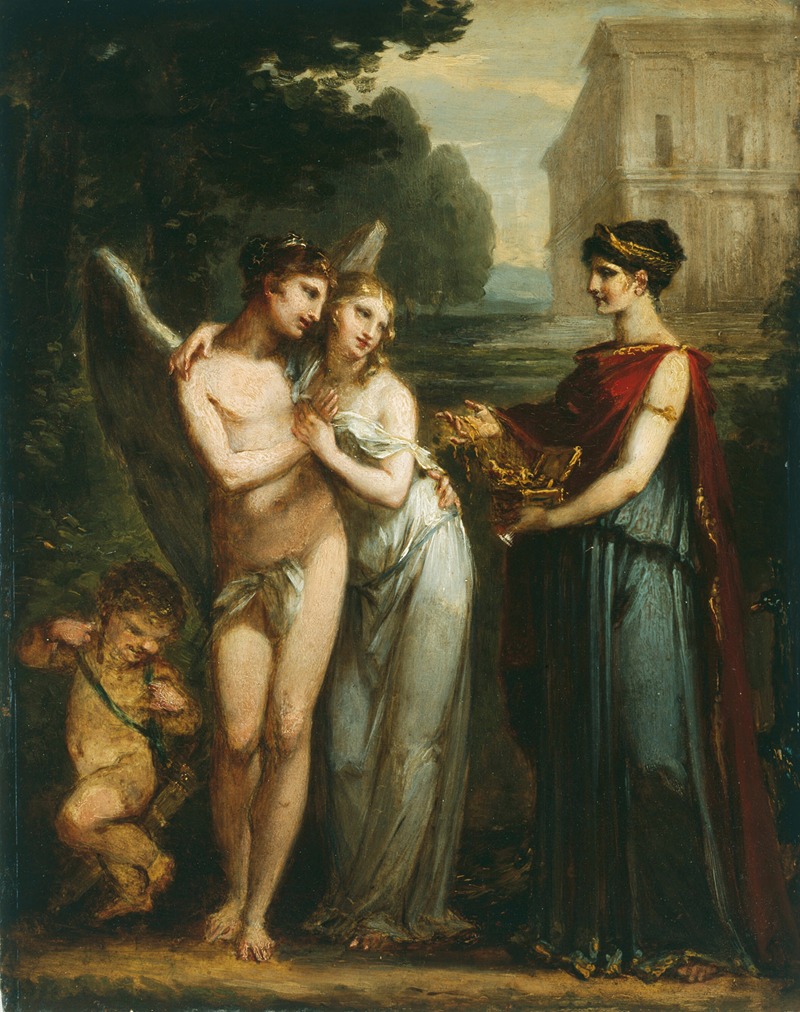
Innocence Preferring Love and Riches
A hand-painted replica of Pierre-Paul Prud'hon’s masterpiece Innocence Preferring Love and Riches, meticulously crafted by professional artists to capture the true essence of the original. Each piece is created with museum-quality canvas and rare mineral pigments, carefully painted by experienced artists with delicate brushstrokes and rich, layered colors to perfectly recreate the texture of the original artwork. Unlike machine-printed reproductions, this hand-painted version brings the painting to life, infused with the artist’s emotions and skill in every stroke. Whether for personal collection or home decoration, it instantly elevates the artistic atmosphere of any space.
Pierre-Paul Prud'hon’s painting Innocence Preferring Love and Riches is a notable work by the French artist, who is renowned for his contributions to the Neoclassical and Romantic movements. Created in 1794, this allegorical painting reflects Prud'hon's characteristic style, which combines soft, dreamlike imagery with a sense of emotional depth.
The composition depicts a young woman, personifying Innocence, as she stands at a crossroads between two symbolic figures: Love, represented by Cupid, and Riches, symbolized by a figure offering material wealth. Innocence is shown turning toward Cupid, indicating her choice of love over material gain. The painting’s allegorical theme aligns with the moral and philosophical ideals of the late 18th century, emphasizing virtue and emotional sincerity over materialism.
Prud'hon’s use of light and shadow in this work demonstrates his mastery of chiaroscuro, a technique that enhances the three-dimensional quality of the figures and creates a soft, ethereal atmosphere. The delicate rendering of the figures and the harmonious composition reflect the artist's training in classical traditions, as well as his admiration for Renaissance masters such as Leonardo da Vinci and Correggio.
This painting was created during a turbulent period in French history, shortly after the French Revolution. The themes of virtue and moral choice in the work may have resonated with contemporary audiences, who were grappling with questions of ethics and societal values in the wake of revolutionary change. Prud'hon’s ability to convey complex emotions and ideas through his art made him a sought-after painter during his lifetime, and his works were admired by figures such as Napoleon Bonaparte and Empress Joséphine.
Today, Innocence Preferring Love and Riches is recognized as an example of Prud'hon’s skill in blending classical ideals with Romantic sensibilities. The painting is held in the collection of the Musée des Beaux-Arts de Lyon in France, where it continues to be appreciated for its artistic and historical significance.





